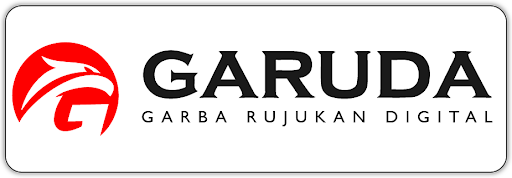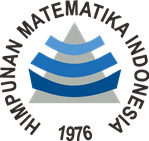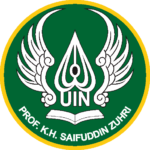The Effect of Applying the Peer Tutoring Model on Fifth-Grade Students’ Ability to Solve Mathematical Word Problems
DOI:
https://doi.org/10.24090/ijrme.v3i1.13455Keywords:
Ability Mathematical Logical ThinkingAbstract
Mathematics is one of the sciences that plays an important role in human life. Through learning mathematics, students are trained to think critically, logically, and systematically, as well as to solve the problems they encounter in daily life—many of which are presented in the form of mathematical word problems. Based on initial observations, students' ability to solve mathematical word problems is still relatively low. Therefore, efforts are needed to improve this ability, one of which is through the implementation of the peer tutoring learning model. This research used a quasi-experimental method with a pretest–posttest control group design. The population in this study consisted of fifth-grade students from public elementary schools in the Darussalam sub-district. The sample included 25 students from Ujong Kuta Public Elementary School and 7 students from Tanjung Selamat Public Elementary School. Data were collected using a mathematical word problem-solving ability test. Data analysis was conducted using the Independent Samples t-test via the SPSS application. Based on the analysis of the posttest scores, the Sig. (2-tailed) value was 0.003, which is less than 0.05. These results indicate that the peer tutoring model had a significant effect on the ability of fifth-grade students to solve mathematical word problems.References
Arikunto , Suharsimi . Procedure Study A Approach Practice , Jakarta: Creative Commons Attribution-ShareAlike License , 2020
Afwika, A., Jarmita, N., & Hayati, Z. (2023). Analysis of Mathematical Story Problem Solving Based on Newman Procedure Reviewed from Students' Cognitive Style. Indonesian Journal of Teaching and Teacher Education , 1 , 22–26. https://doi.org/10.58835/ijtte.v3i1.190
Ayuwirdayana, C. (2019). Mathematics Story Problems Based on. Analysis of Student Errors in Solving Mathematics Story Problems Based on Newman Procedures at MTsN 4 Banda Aceh .
Idris, RP, Widiastuti, I., & Wardani, NS (2017). Implementation of Peer Tutoring Learning Model to Improve Student Activeness and Learning Achievement in Engineering Mechanics Subject for Grade X. 2nd National Seminar on Vocational Education , 2 , 356–361.
Mukhlis, A. (2016). Peer Tutoring Learning: A Practical Solution to Welcome Enjoyable Literature Learning for Junior High School Students. JP-BSI (Journal of Indonesian Language and Literature Education) , 1 (2), 68. https://doi.org/10.26737/jp-bsi.v1i2.93
Muthma'innah, M. (2022). Students' Mathematics Learning Outcomes Through Peer Tutor Learning Model. TA'DIBAN: Journal of Islamic Education , 1 (2), 1–7. https://doi.org/10.61456/tjie.v1i2.36
RISYAL FIRDAUS, A. (2018). The Effect of Implementing Peer Tutor Learning Methods on Basketball Chest Pass Learning Outcomes. Journal of Sports and Health Education , 6 (2), 179–183.
Syahruda, S., Bistari, B., & Halidjah, S. (2022). Students' Ability to Solve Mathematics Story Problems Judging from the Learning Independence of Class V Students at Sdit Al-Mumtaz Pontianak. Journal of Equatorial Education and Learning (JPPK) , 11 (3), 1–8. https://doi.org/10.26418/jppk.v11i3.53677
Sugiyono. Quantitative Research Methods and R&D , Bandung: ALFABETA, 2020
Downloads
Published
How to Cite
Issue
Section
License
Copyright (c) 2025 Rizka Amalia, Zikra Hayati, Herawati Herawati

This work is licensed under a Creative Commons Attribution-ShareAlike 4.0 International License.
Authors who publish with this journal agree to the following terms:
Authors retain copyright and grant the journal right of first publication with the work simultaneously licensed under a Creative CommonsAttribution-ShareAlike License that allows others to share the work with an acknowledgment of the work's authorship and initial publication in this journal.
Authors are able to enter into separate, additional contractual arrangements for the non-exclusive distribution of the journal's published version of the work (e.g., post it to an institutional repository or publish it in a book), with an acknowledgment of its initial publication in this journal.
Authors are permitted and encouraged to post their work online (e.g., in institutional repositories or on their website) prior to and during the submission process, as it can lead to productive exchanges, as well as earlier and greater citation of published work (See The Effect of Open Access).












